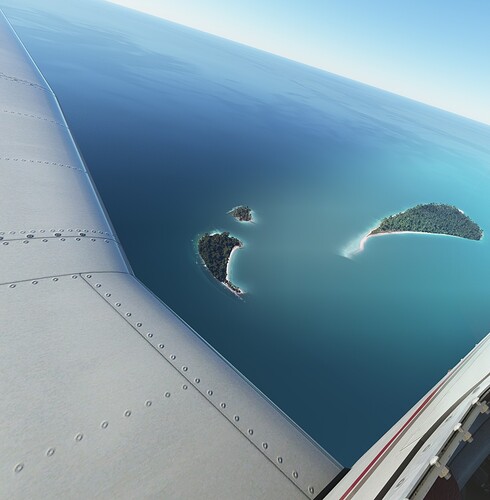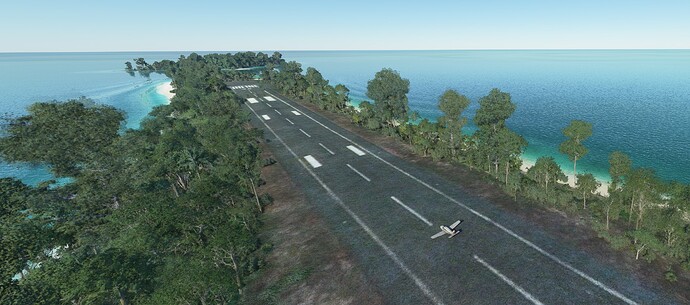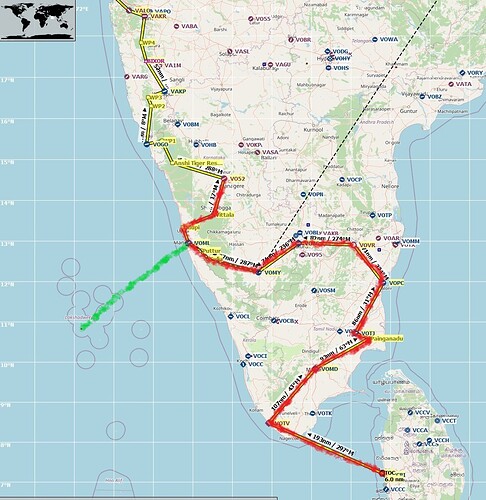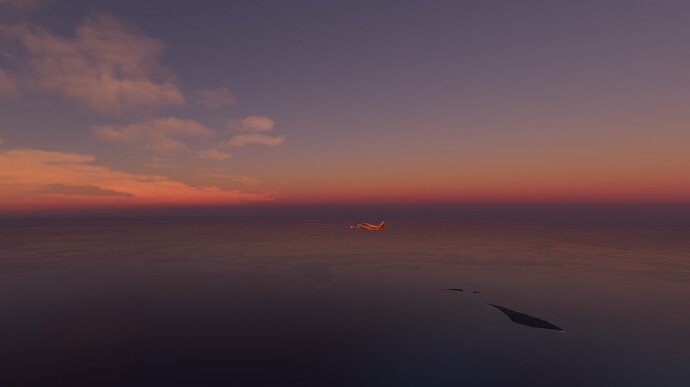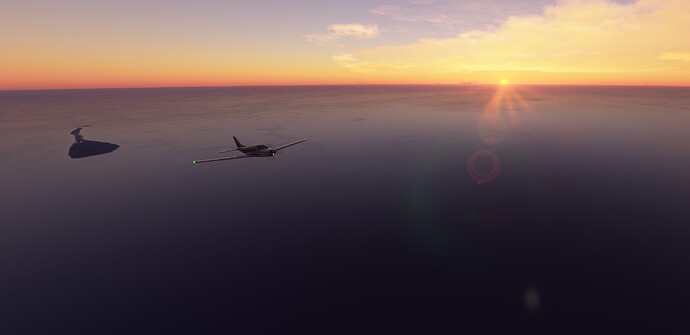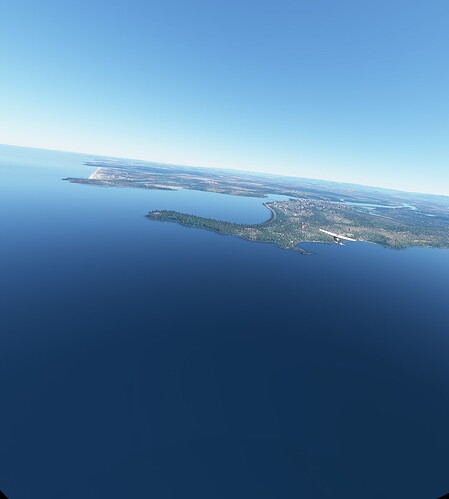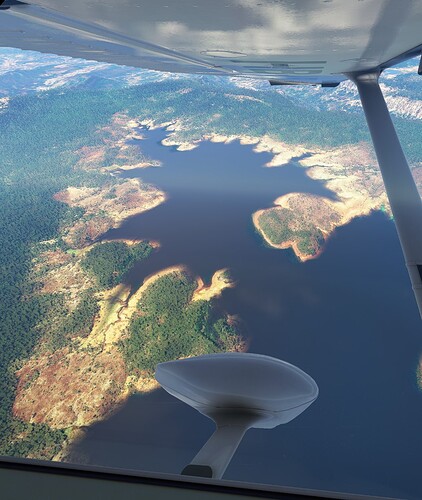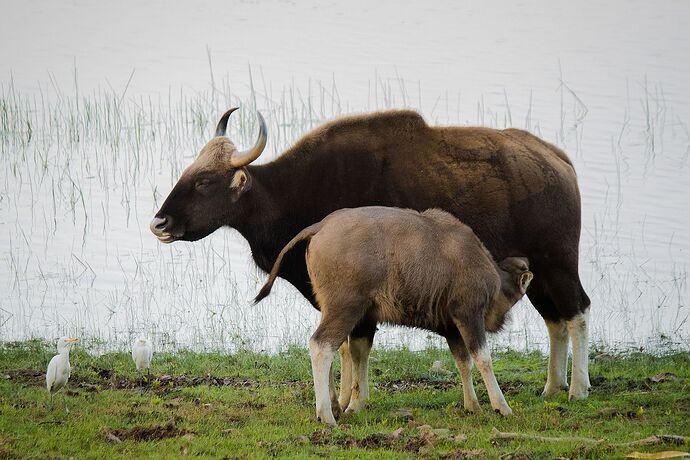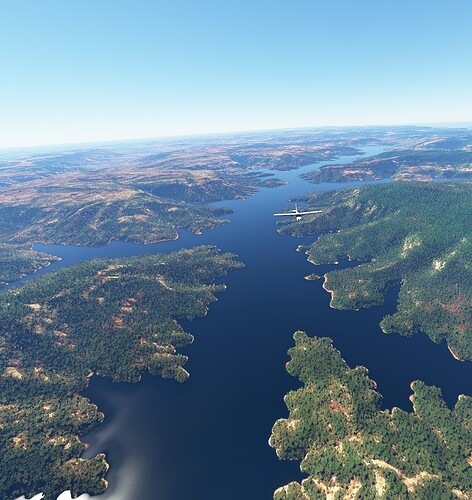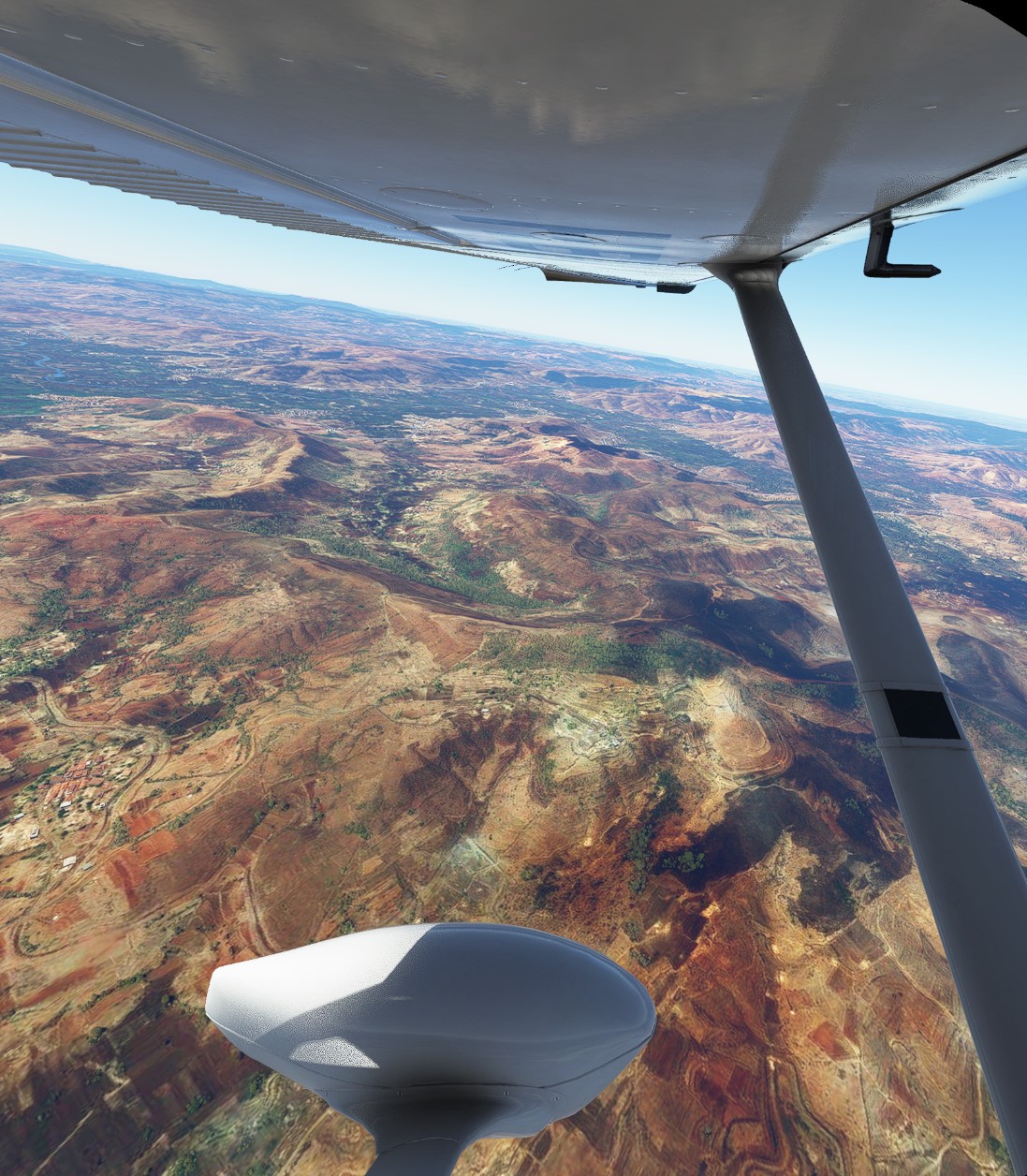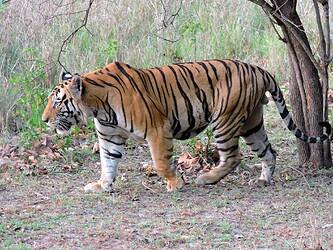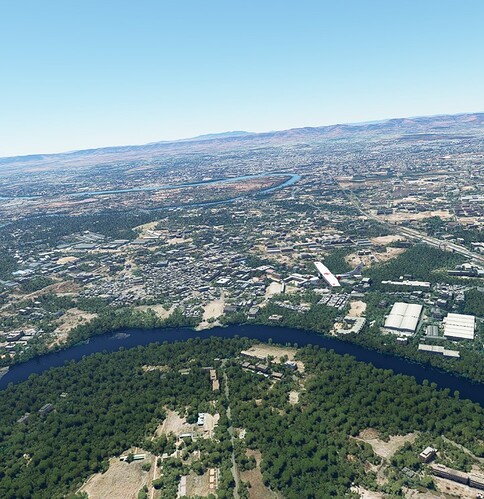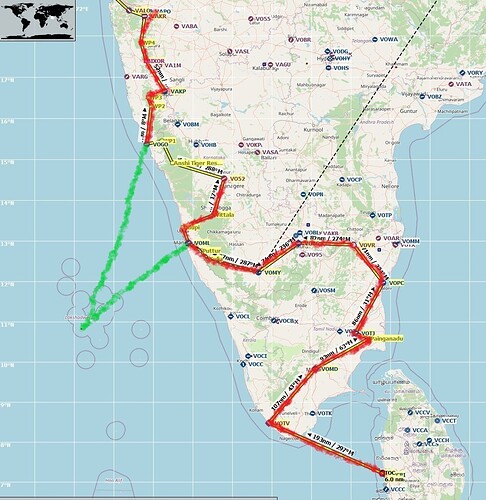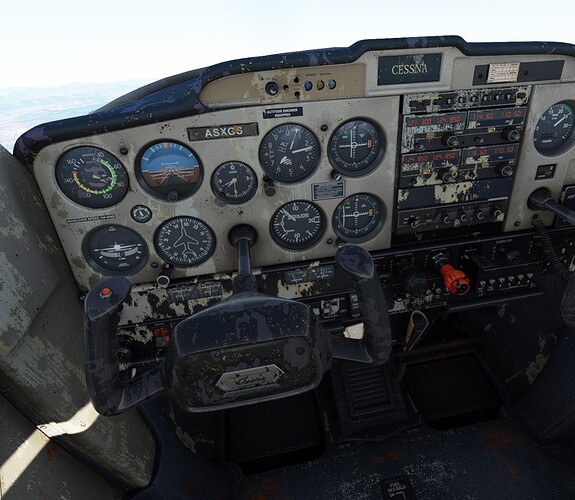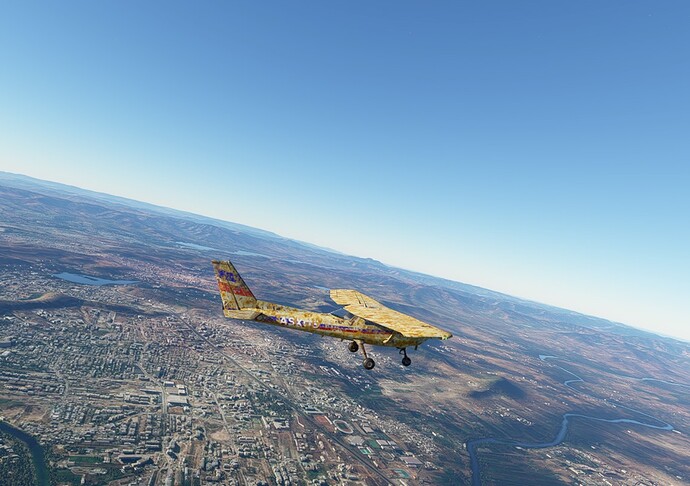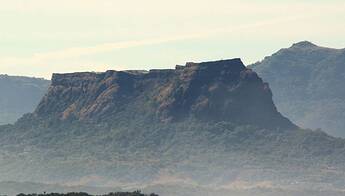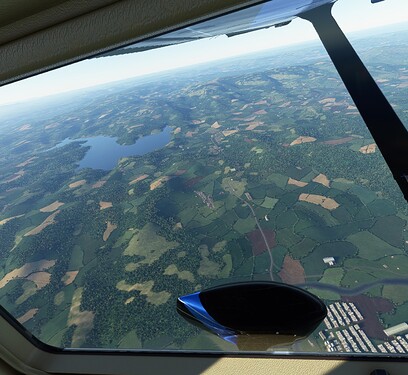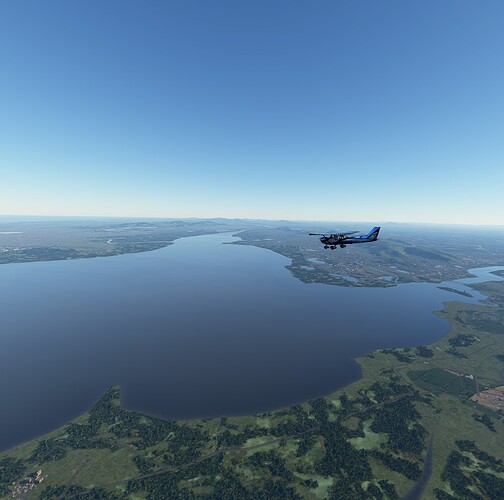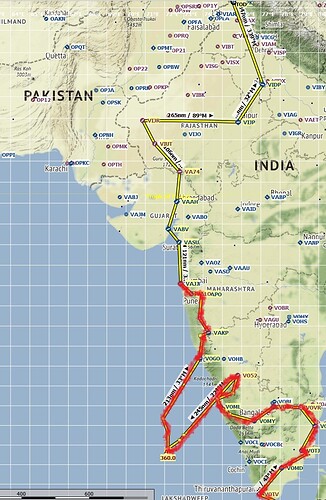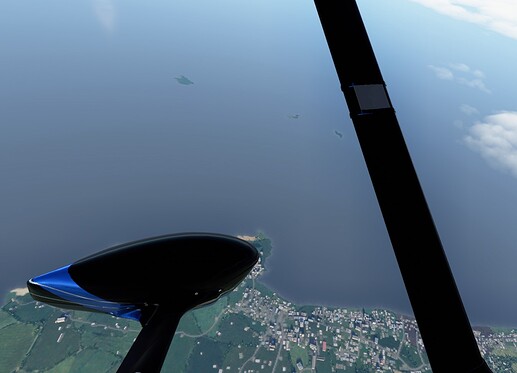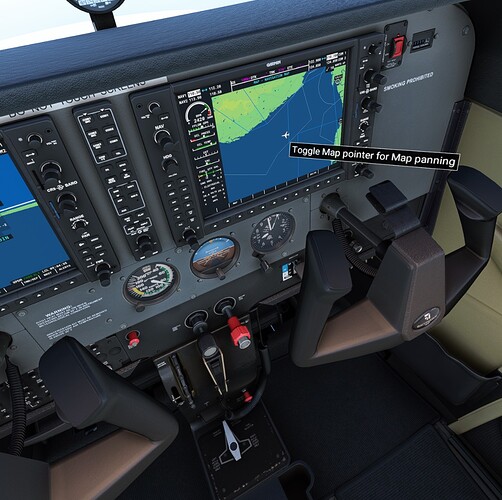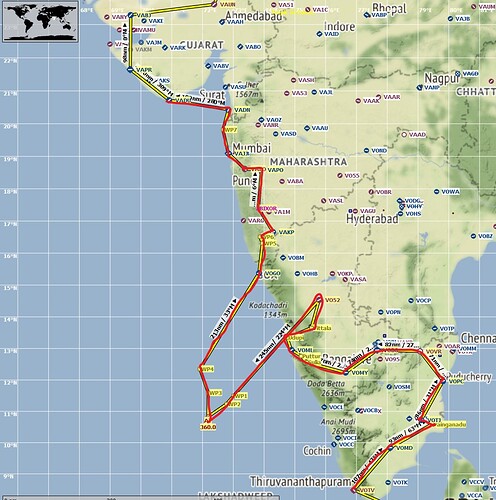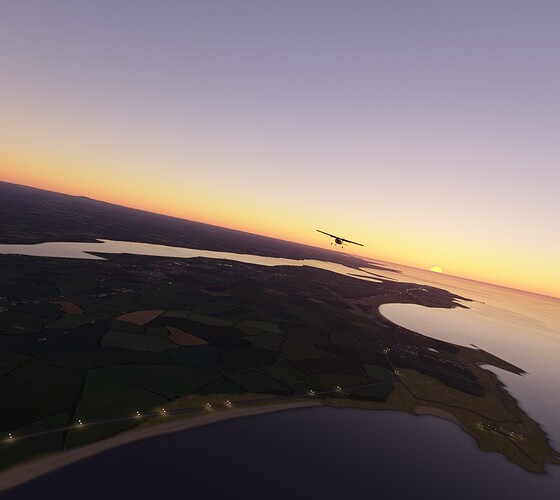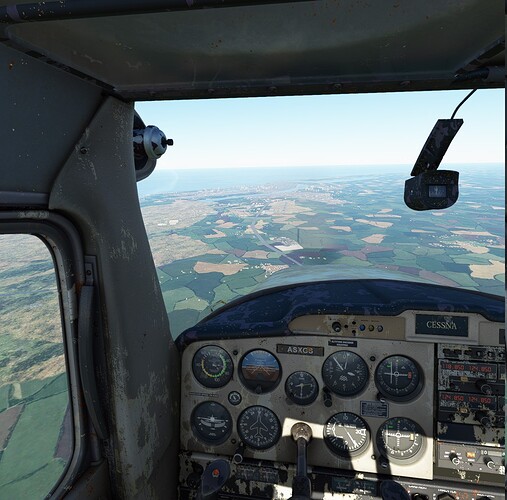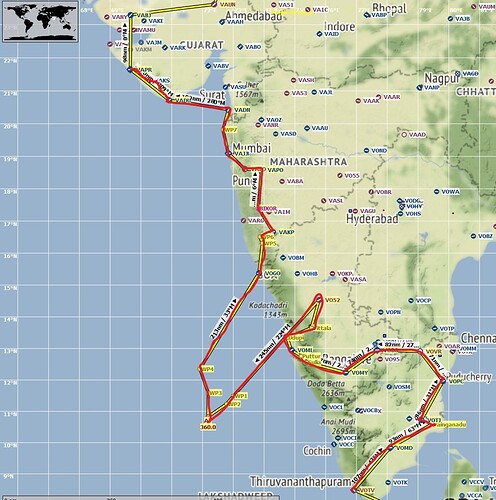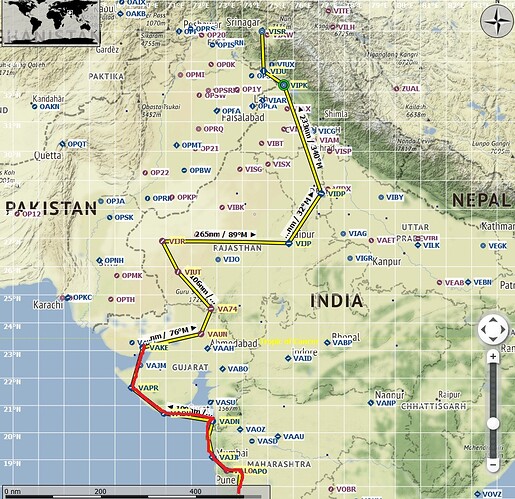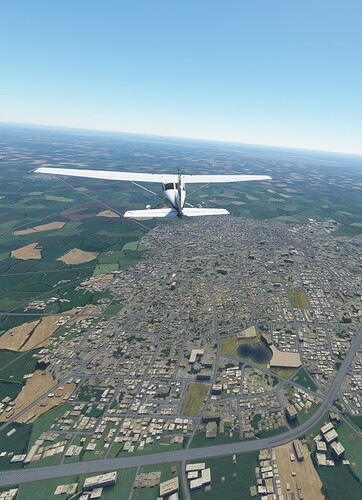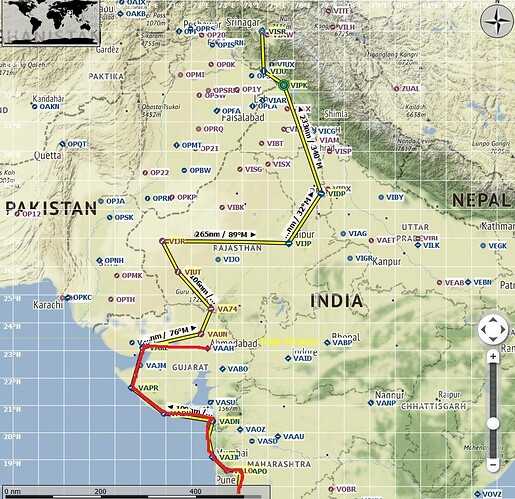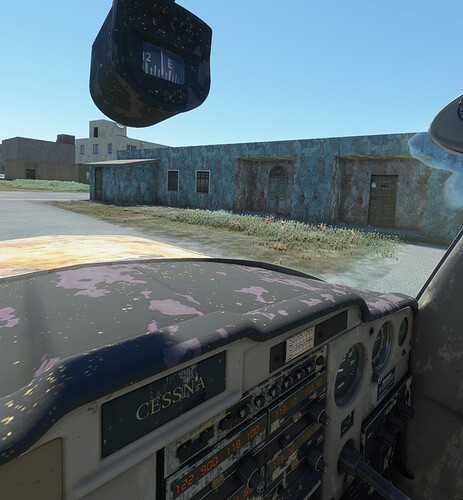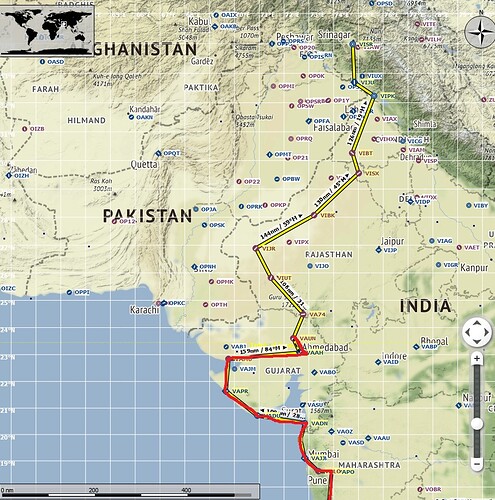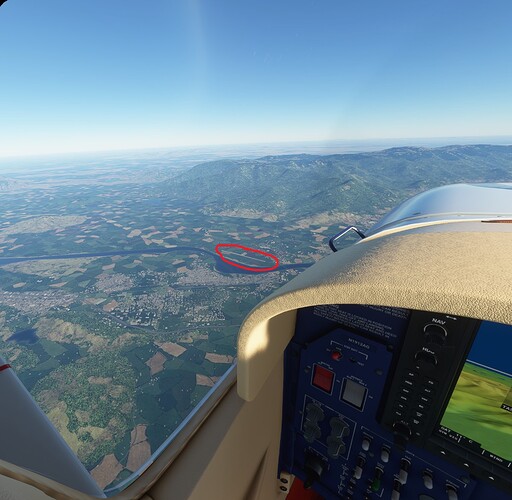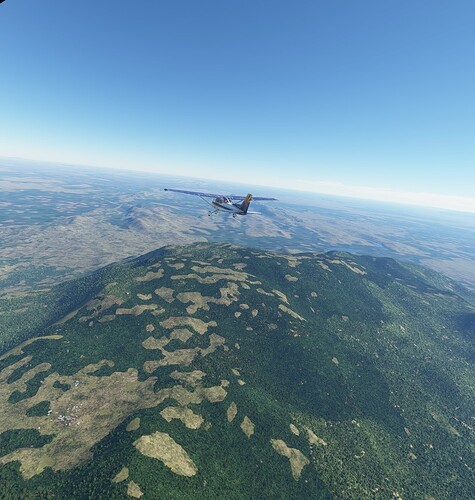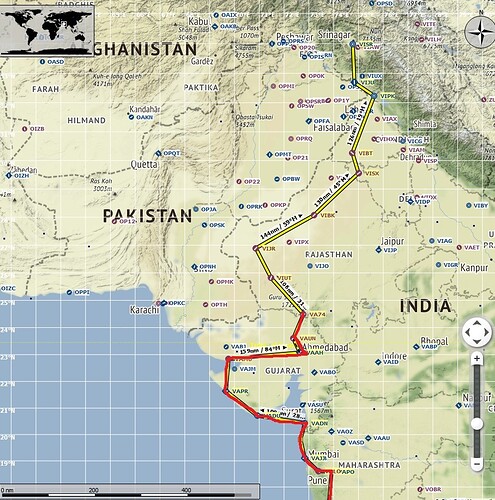Note: I took my first real-life flying lesson yesterday, and piloted (with an instructor) a Cessna Cardinal halfway across the State of Arizona, USA. That certainly changes my perspective on MSFS, including my perspective on how to actually fly these simulated planes. I am working toward a private pilot’s license. Anyway, back to India…
Leg #10: Mangalore to Lakshwadeep Islands. Distance 205 nm, flight time 1h54m. Conditions perfect VFR, low winds. Cruising altitude 12,000 feet.
The Lakshwadeeps are located about 200 nm off the Indian coast. They are officially a territory of the Republic of India, and are a luxury tourism destination for Indians. I chose to fly a Piper Arrow out here because it has a bit more power than the Cessna 172, and this is more of a side trip than part of a typical circuit of India. With the perfect weather I probably would have been fine in the Cessna though, although landing maybe 15 minutes or so later. This Piper Arrow does not have a GPS system installed that I know how to use, so I relied on several other tools: VOR navigation from Mangalore, the Foreflight subscription for real pilots I have purchased which acts very much like Little Nav Map but on my iPad, and ADF navigation set for Agatti, my final destination. I flew the entire route using virtual reality.
I do a lot of ocean flying so I was prepared for the long stretches of staring at a blue screen. In real life, this would be a terrifying ordeal that I would probably never undertake after I get a pilot’s license. If something goes wrong, well, buh-bye. But in the sim, I had some work to attend to and that helped with the stretches of blue with the VR headset sitting on my desk. About an hour in, the first Lakshwadeep island appeared in view, Kiltan Island:
Next were Kadmat and Amini Islands:
There was a bit of suspense as I approached the final island where my landing airport was supposed to be. I didn’t actually know if Microsoft had recreated the airport. The island is thickly forested and I could not see one until the very last minute. Thankfully, it showed up and I had a smooth landing.
To my amazement, the airport appears to be realistically run over with light vegetation:
Meanwhile, the Lakshwadeeps look stunningly gorgeous with incredible beaches. If I can ever figure out a way to actually go there, I’ll do it.
My next flight will probably be to Goa, back on the mainland.

